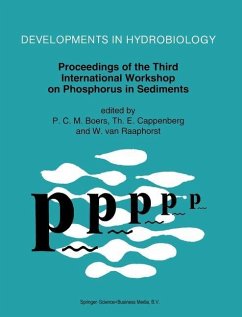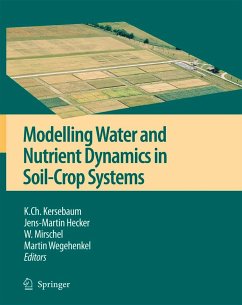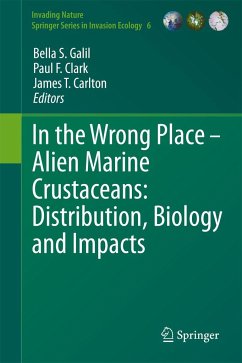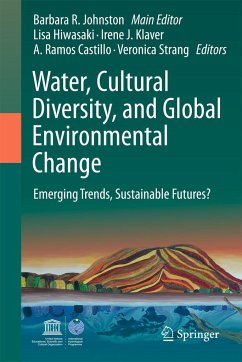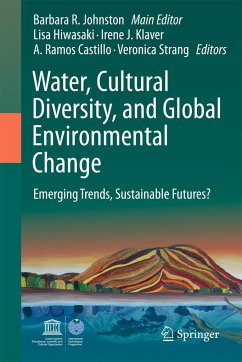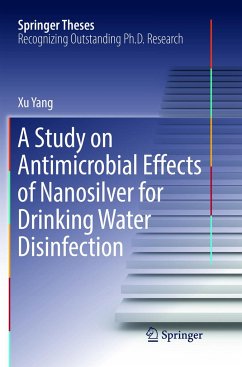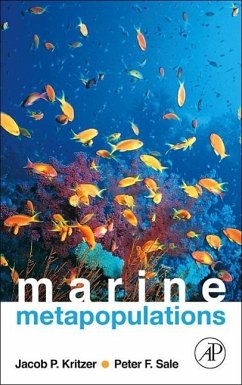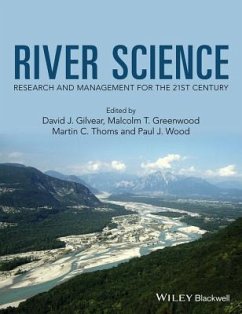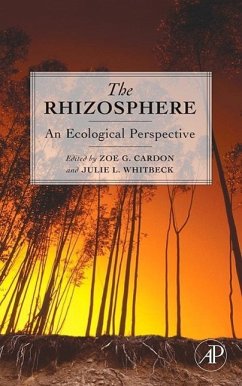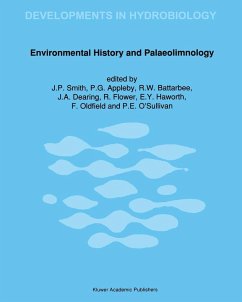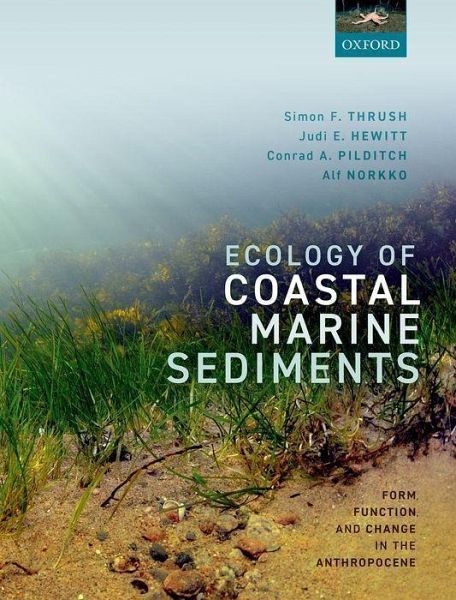
Ecology of Coastal Marine Sediments
Form, Function, and Change in the Anthropocene
Versandkostenfrei!
Versandfertig in über 4 Wochen
128,99 €
inkl. MwSt.

PAYBACK Punkte
64 °P sammeln!
Marine sediments dominate the global seabed, creating the largest ecosystem on earth. Seafloor biodiversity is a key mediator of ecosystem functioning, yet critical processes are often excluded from global biogeochemical budgets or simplified to black boxes in ecosystem models. This accessible textbook provides an ideal point of entry into the field, providing basic information on the nature of soft-sediment ecosystems, examples of how and why we research them, the new questions these studies inspire, and the applications that ultimately benefit society. While focussing on coastal habitats ( E...
Marine sediments dominate the global seabed, creating the largest ecosystem on earth. Seafloor biodiversity is a key mediator of ecosystem functioning, yet critical processes are often excluded from global biogeochemical budgets or simplified to black boxes in ecosystem models. This accessible textbook provides an ideal point of entry into the field, providing basic information on the nature of soft-sediment ecosystems, examples of how and why we research them, the new questions these studies inspire, and the applications that ultimately benefit society. While focussing on coastal habitats ( Ecology of Coastal Marine Sediments is intended for advanced undergraduate and graduate students who have completed a general ecology course but received no further training in marine science. It will also be useful to both professional researchers and resource managers in marine ecology and environmental science who seek a compact and authoritative introduction to sediment ecology.



